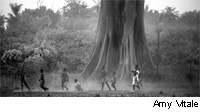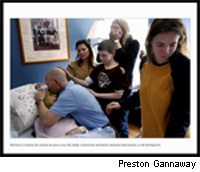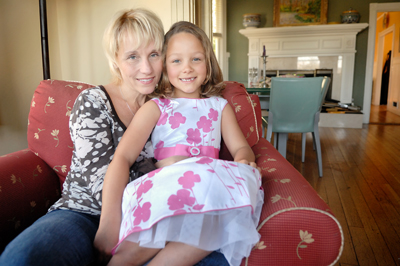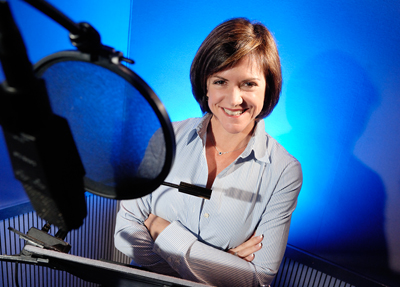 Anyone who has worked in media knows the end product — magazine, newspaper, film — represents a series of choices and decisions made by individual creators, the team as a whole and, increasingly in films, the audience. (And, of course, web-based media like You Tube or Fark is almost wholly based on audience selection.)
Anyone who has worked in media knows the end product — magazine, newspaper, film — represents a series of choices and decisions made by individual creators, the team as a whole and, increasingly in films, the audience. (And, of course, web-based media like You Tube or Fark is almost wholly based on audience selection.)
How much weight your decision carries in influencing the final result is often relative. When I ran newsrooms, I had little control over what the creators — the writers and photographers — chose, but quite a bit more over the final product.
Now that I’m freelancing again, I have creative control over how I shoot something, but less to say about how the photo is going to be used or even which one from a shoot will run in , let’s say, a magazine. I have learned, though, how to shoot things differently for different clients — some like light glossy and bright colors, others prefer darker, edgier shots. I shoot to match their style, then always add in some preferences of my own.
The above picture of Samantha Paris, who runs a voice-over training school in Sausalito, provides some good examples of the choices I made in photographing her and the decisions my client, in this case Marin Magazine, made in using the photographs.
I stopped by Samantha’s studios while the writer was interviewing her, just to look the place over and meet her. As soon as I saw the recording booth, I knew I wanted to shoot her in there, but also knew I’d be pushing my technical skills because the space was so tight (about 3 feet by 5 feet) and so dark.
I wanted to use the shapes of the microphone and the pop screen as graphical elements and also have a spotlight effect to the photo. The booth had a window in front so the actor and sound engineer could see each other and I decided to use one light to shoot through that window.
At home, I blocked out a space in my living room similar to the size of the booth, and saw that I could get another light stand in the back corner of the booth and a shorty studio stand on the floor behind Samantha. I did some tests shots and felt I at least had technical control of the shot.
For the shoot itself, I used three SB800s — the one outside the window,the one in the booth corner and the one on the floor. The main and hair lights had snoots and CTO gels to warm up Samantha (not that her personality needed it) and the background light had a blue gel.)
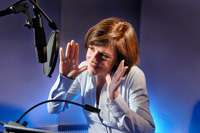 We shot for about 30 minutes in the booth, including a sequence in which she acted out some scenes (left).
We shot for about 30 minutes in the booth, including a sequence in which she acted out some scenes (left).
I also wanted to make some pictures of Samantha interacting with her students, so we set up some chairs in a front room with a big window and I shot about 20 or 30 frames using the natural light.
Afterwards, looking at the files, I was pleased with the shots in the recording booth (although I did underexpose by a half-stop), but I was pretty sure the magazine would use the more informal and more interactive shots with the students. I also liked the shots of in the booth more when she wasn’t acting and just looking at the camera.
I got first indication of which way the magazine’s choice would go later when my wife, a former journalist, looked at the take and loved the acting shots and those of Samantha with the students.
She was an audience focus group of one and her instinctive response mirrored the one the magazine editor made later. The image below of Samantha and her students, ran big. The “acting” shot ran smaller. My favorite (at the top of this page) didn’t make the cut.
Is there a lesson? Yes, and it’s that we shoot (or write) for many audiences — the audience of one (ourselves), the audience of many (readers, viewers) and the audience of economics (our clients). I love it when they overlap. When they don’t, I cash the check anyway.

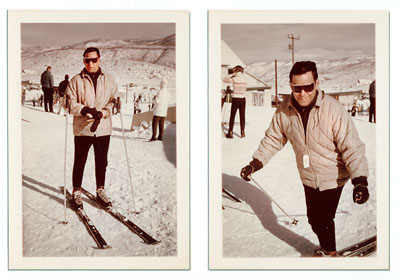 David Rabin, my wife’s father, died recently after a terrible couple of years with Alzheimer’s. He was a doctor, a good father and all-around sweet man. (Here is his obituary in the San Francisco Chronicle.)
David Rabin, my wife’s father, died recently after a terrible couple of years with Alzheimer’s. He was a doctor, a good father and all-around sweet man. (Here is his obituary in the San Francisco Chronicle.)
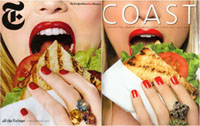 * Bite Me, I’m an Art Director: Hey, if you’re going to rip off someone else’s cover concept, why not steal from among the best — the New York Times’
* Bite Me, I’m an Art Director: Hey, if you’re going to rip off someone else’s cover concept, why not steal from among the best — the New York Times’ 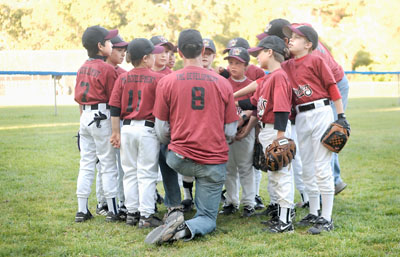 Each month for
Each month for 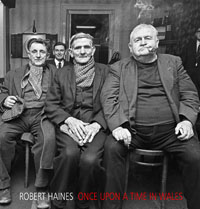 * Get Visual, Buy a Book: Here’s a good list of
* Get Visual, Buy a Book: Here’s a good list of 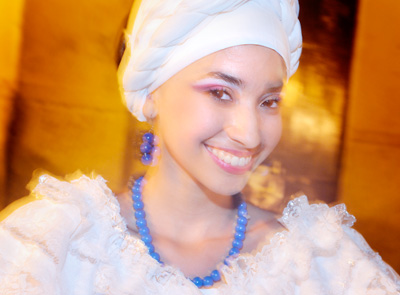
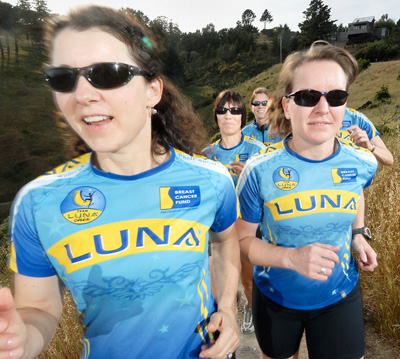 One of my great challenges in photography has been making new techniques work the first time out on the job. I haven’t always been successful at that, so if the job permits (meaning there’s enough time or the art director doesn’t have a specific shot in mind) I usually plan on a back-up shot as well, something I’m sure I can pull off.
One of my great challenges in photography has been making new techniques work the first time out on the job. I haven’t always been successful at that, so if the job permits (meaning there’s enough time or the art director doesn’t have a specific shot in mind) I usually plan on a back-up shot as well, something I’m sure I can pull off.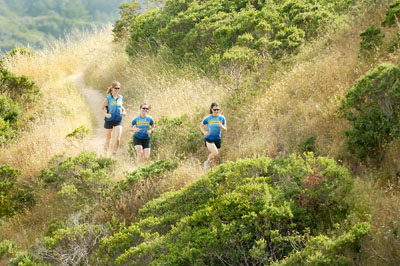
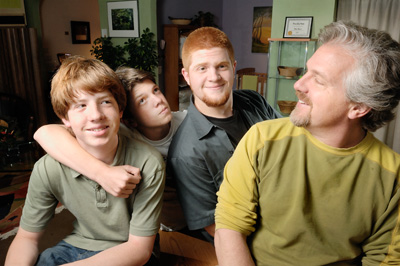 Just a quick post on this portrait because I am jamming to finish a couple of magazine projects before I head out of town for a working vacation — to the wedding of a friend in Cartagena. Vive los novios!
Just a quick post on this portrait because I am jamming to finish a couple of magazine projects before I head out of town for a working vacation — to the wedding of a friend in Cartagena. Vive los novios!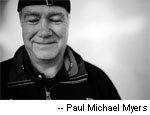 * Expanding or Contracting? Jim McNay, in
* Expanding or Contracting? Jim McNay, in 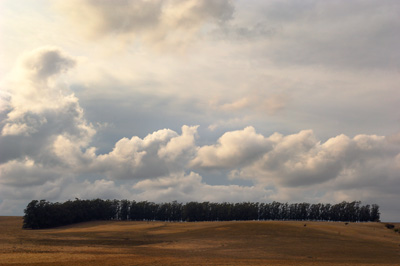 Some people say their love affair with photography came when they first picked up a camera. It didn’t happen that way with me. I had been idly making snapshots with my first 35mm camera — a Pentax — for months before I felt a moment of magic, and that happened not with my eye in a viewfinder, but with my hands in a tray of developer. I fell in love with the print.
Some people say their love affair with photography came when they first picked up a camera. It didn’t happen that way with me. I had been idly making snapshots with my first 35mm camera — a Pentax — for months before I felt a moment of magic, and that happened not with my eye in a viewfinder, but with my hands in a tray of developer. I fell in love with the print.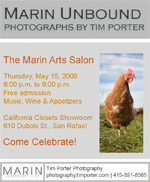 When I shot film, I came to live for the print because the print enabled me to see the image I’d made. Later, as I switched to digital I realized I didn’t need the print to experience the excitement of the image. There it was, on the computer, large and vibrant. I still enjoyed the “darkroom” work — enhancing contrast, extending tone, shaping color — but now the darkroom was dry and digital instead of damp and chemical, so I stopped printing.
When I shot film, I came to live for the print because the print enabled me to see the image I’d made. Later, as I switched to digital I realized I didn’t need the print to experience the excitement of the image. There it was, on the computer, large and vibrant. I still enjoyed the “darkroom” work — enhancing contrast, extending tone, shaping color — but now the darkroom was dry and digital instead of damp and chemical, so I stopped printing.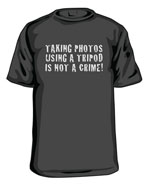 ging on basic civil liberties in others. Here are a few recent examples of America, home of the paranoid:
ging on basic civil liberties in others. Here are a few recent examples of America, home of the paranoid: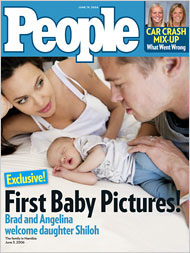 * People Who Need People: The New York Times
* People Who Need People: The New York Times 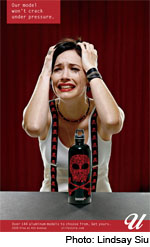
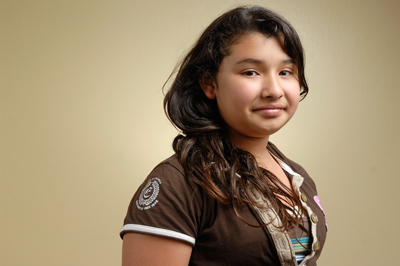
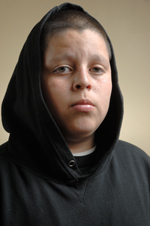
 Anyone who has worked in media knows the end product — magazine, newspaper, film — represents a series of choices and decisions made by individual creators, the team as a whole and, increasingly in films, the audience. (And, of course, web-based media like
Anyone who has worked in media knows the end product — magazine, newspaper, film — represents a series of choices and decisions made by individual creators, the team as a whole and, increasingly in films, the audience. (And, of course, web-based media like  We shot for about 30 minutes in the booth, including a sequence in which she acted out some scenes (left).
We shot for about 30 minutes in the booth, including a sequence in which she acted out some scenes (left).

 This is a story about a simple picture gone wrong and why a do-over is sometimes the right thing to do.
This is a story about a simple picture gone wrong and why a do-over is sometimes the right thing to do. Later, looking at the shoot in the computer, I kept thinking, “How could I blow a shot of a baby.” All I wanted was
Later, looking at the shoot in the computer, I kept thinking, “How could I blow a shot of a baby.” All I wanted was 